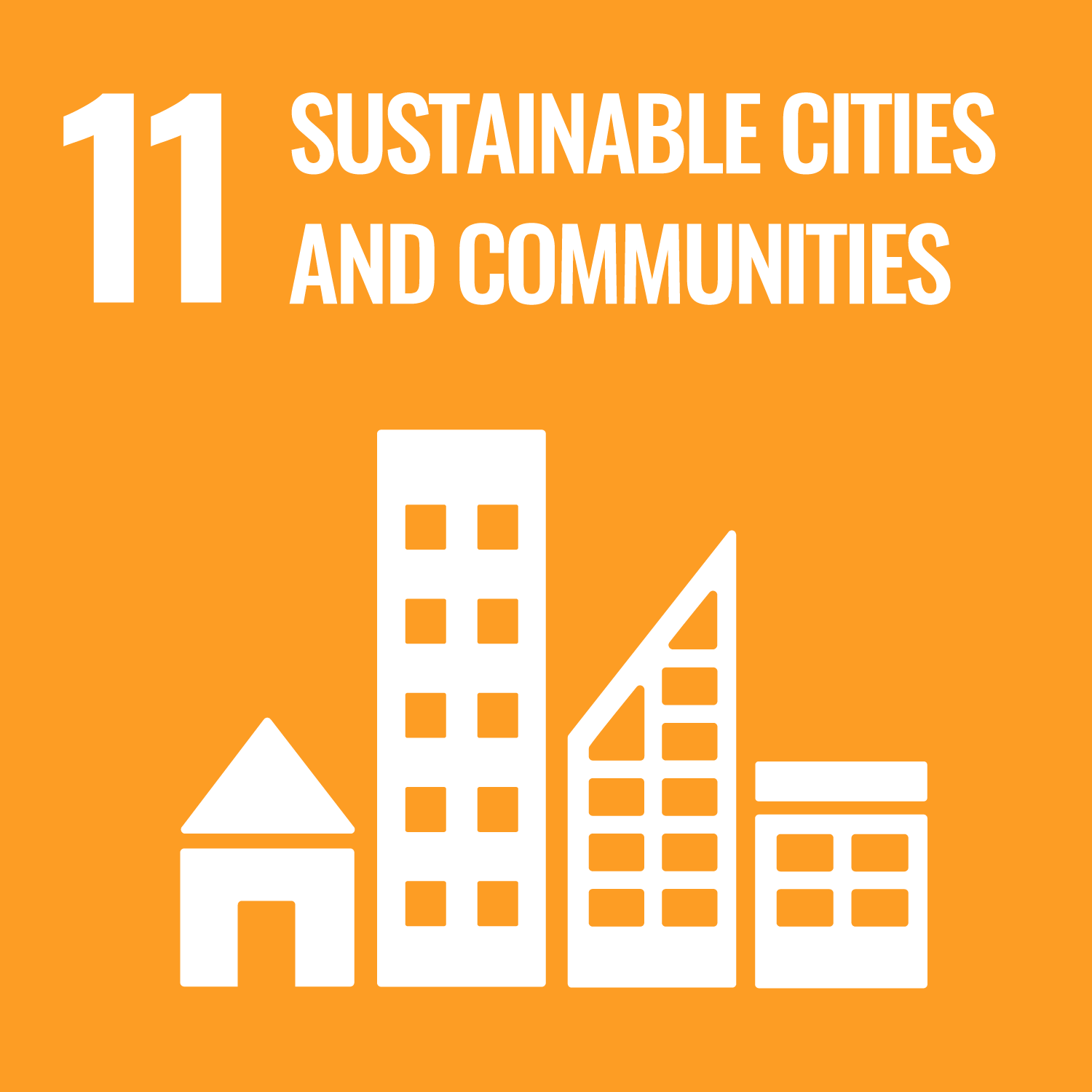ORCID
- Clive E. Sabel: 0000-0001-9180-4861
Abstract
Overcrowding in densely populated urban areas is increasingly becoming an issue for mental health disorders. Yet, only few studies have examined the association between overcrowding in cities and physiological stress responses. Thus, this study employed wearable sensors (a wearable camera, an Empatica E4 wristband and a smartphone-based GPS) to assess the association between overcrowding and human physiological stress response in four types of urban contexts (green space, transit space, commercial space, and blue space). A case study with 26 participants was conducted in Salzburg, Austria. We used Mask R-CNN to detect elements related to overcrowding such as human crowds, sitting facilities, vehicles and bikes from first-person video data collected by wearable cameras, and calculated a change score (CS) to assess human physiological stress response based on galvanic skin response (GSR) and skin temperature from the physiological data collected by the wristband, then this study used statistical and spatial analysis to assess the association between the change score and the above elements. The results demonstrate the feasibility of using sensor-based measurement and quantitative analysis to investigate the relationship between human stress and overcrowding in relation to different urban elements. The findings of this study indicate the importance of considering human crowds, sitting facilities, vehicles and bikes to assess the impact of overcrowding on human stress at street level.
DOI Link
Publication Date
2023-01-01
Publication Title
International Journal of Health Geographics
Volume
22
Issue
1
ISSN
1476-072X
Acceptance Date
2023-05-26
Deposit Date
2024-06-11
Additional Links
Keywords
Individual-level measurement, Machine learning, Public open space, Wearable device
Recommended Citation
Zhang, Z., Měchurová, K., Resch, B., Amegbor, P., & Sabel, C. (2023) 'Assessing the association between overcrowding and human physiological stress response in different urban contexts: a case study in Salzburg, Austria', International Journal of Health Geographics, 22(1). Available at: 10.1186/s12942-023-00334-7


